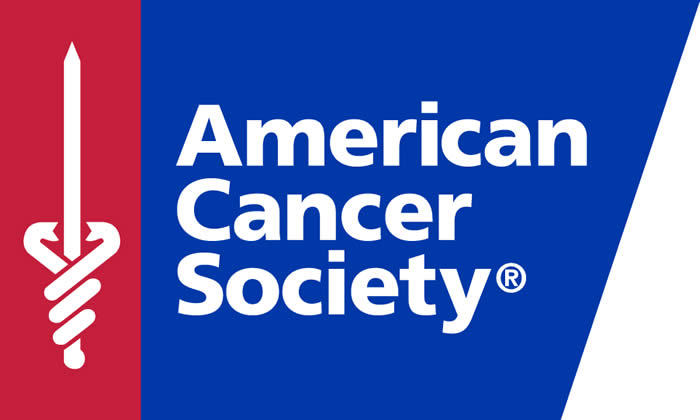Genomics Leads To An "Aha!" Moment
Yesterday I wrote a blog discussing how meetings like the current annual gathering of the American Society of Clinical Oncology (ASCO) gives me a chance to think about big picture questions.
Well, there is another side to the experience that is also interesting and important, such as getting information that helps put together pieces of a larger puzzle, and perhaps even gives closure to a nagging question. When you have one of those "Aha!!!" moments, it can truly solidify your thoughts and maybe even save a few lives in the process. In this case, the same presentation that led to yesterday's comments about the emerging complexities of the diagnosis of cancer also produced another enlightening moment.
Dr. Levi Garraway is a highly regarded genomics researcher from Dana Farber Cancer Institute in Boston who presented a lecture on the topic of how genome sequencing is bringing new insights to the biology and treatment of cancer. As part of his presentation, Dr. Garraway offered information on areas where genomics has already offered us definitive information that has direct implications in understanding cancer.
The #1 item on Dr. Garraway's list was a topic of intense interest to me and several of my skin cancer colleagues.
According to Dr. Garraway, genetic analysis of cancers from patients with melanoma show an overwhelming number (my words) have a signature genetic marker proving their melanomas were caused by ultraviolet (UV) radiation. He elaborated that there have been questions in the scientific literature as to whether or not this was the case, and acknowledged that we have had to rely on relatively indirect research to prove the case that melanoma is caused by UV light. However, he continued, because of genomics it is now essentially "case closed" and essentially proven: melanoma is caused by exposure to UV light.
Why is this so important?
As noted in a recent blog, we have been seeing a steady increase in the incidence of melanoma over the past number of years, especially in young women. It has not been possible to say definitively why a person who has melanoma developed it in the first place. We have had to rely on population-based scientific studies to make the link between UV exposure and melanoma, but those studies can take years to undertake and there are always some weaknesses that can be attacked by others, such as the tanning industry. Even when respected agencies like the International Agency for Research on Cancer (IARC) conclude that tanning beds--a commonly used source of concentrated UV light--are a class I carcinogen, tanning advocates attack the data claiming that even if the increased risk of melanoma from tanning beds is real, the numbers are so small as to be inconsequential.
There are very practical implications to this discussion about the origins of melanoma.
A couple of weeks ago--as discussed in another blog--the Centers for Disease Control and Prevention issued two reports, one on tanning bed usage in the United States and the other on the frequency of sunburns. As I noted in that blog, the numbers of people--especially young women--using tanning beds and the frequency of use astounded me. I also commented that perhaps we are seeing the early warning signs of an emerging epidemic of melanoma, as reflected in the increasing incidence figures mentioned above. Since melanoma usually takes decades to develop, small but steadily increasing numbers today may presage a more substantial increase in melanoma 20, 30 or even 40 years from now. We have seen the same thing in the early years of the lung cancer epidemic, and we may be seeing the same the same events playing out now with melanoma.
Read More Here.

